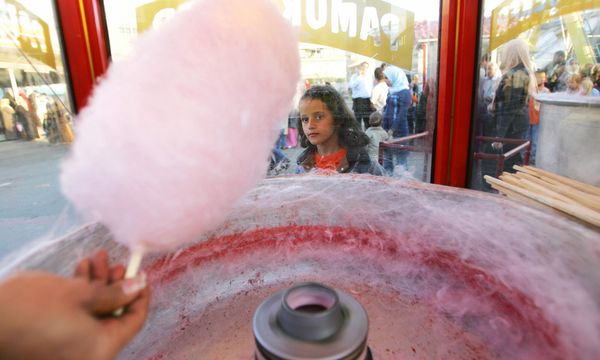Countless commemorative souvenirs were created to honor the 2011 wedding of Great Britain's Prince William and Kate Middleton. But perhaps the most distinctive was a set of specially made PEZ dispensers with tiny plastic busts of the Royal couple, which fetched a princely sum of $13,360 at a charity auction. Amazingly, that isn't even the highest price paid by a collector for a PEZ dispenser; that honor goes to a limited-edition astronaut-themed dispenser that sold for $32,000 in 2006 [source: Reuters].
There's just something about PEZ, a peppermint candy that originated in Austria in the 1920s, and the odd little plastic statues it comes in -- usually likenesses of cartoon characters and costumed superheroes. Children are entertained when they push the triggers and figurines spew out tiny bricks of candy, like hens laying eggs. For Baby Boomers who grew up in the 1950s and 1960s when PEZ became a candy-store fixture, those little dispensers are a treasured bit of nostalgia. And to highbrow connoisseurs, the tiny polystyrene homages to pop culture icons are wonderful examples of American kitsch. But no matter what brought you to PEZ, you'll no doubt find "it is impossible to hold that little giraffe or Winie-the-Pooh or cowboy dispenser in your hand without tipping back the head and pushing the candy forward," wrote Susan Kahn and Nina Chertoff in their book "Celebrating PEZ" [source: Kahn and Chertoff].
Advertisement
Our collective obsession with PEZ manifests itself in numerous ways. Enthusiasts hold annual PEZ conventions, avidly read publications like PEZ Collectors News, and eagerly bid for prized and/or rare PEZ figurines in Web auctions. In fact, Silicon Valley entrepreneur Pierre Omidyar says he was inspired to found the phenomenally successful online commerce site eBay in part by his wife's hobby of collecting PEZ dispensers [source: Lacy]. In the 1990s, PEZ mania even spread to the media and political worlds: The popular TV comedy "Seinfeld" aired an episode in which a Tweety Bird PEZ dispenser figured into the plot, and a Chicago Tribune columnist derided then-President Bill Clinton as a "PEZ dispenser of government programs" [source: Balz]. Today, there's even a tourist attraction devoted to PEZ, the Burlingame, Calif., Museum of PEZ Memorabilia [source: PEZ Museum].
In this article, we'll look at the nuances and allure of PEZ collecting, and tell you more about the PEZ museum. But first, let's take a look at the history and development of PEZ.
Advertisement



